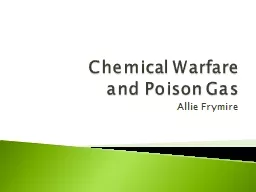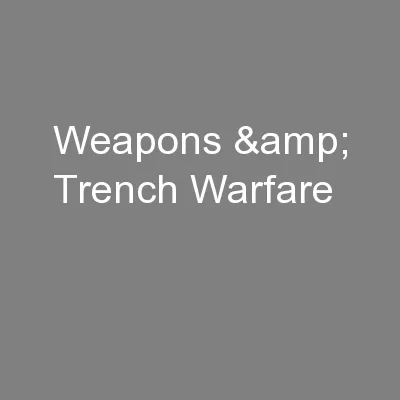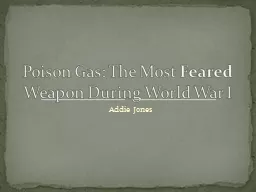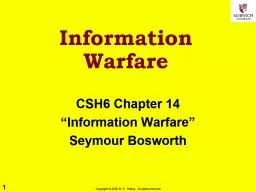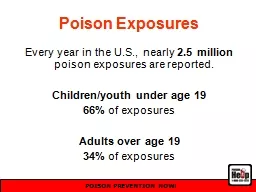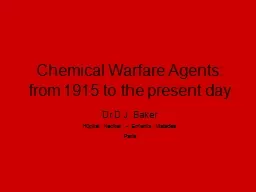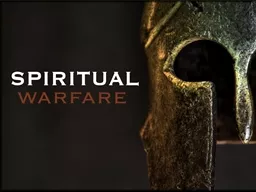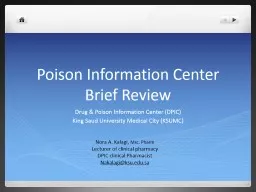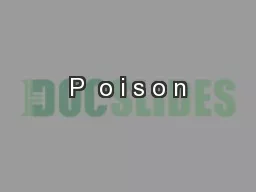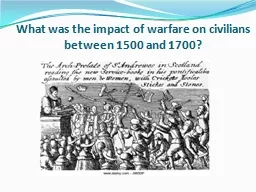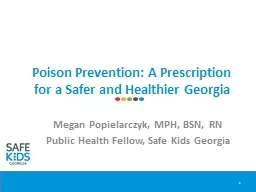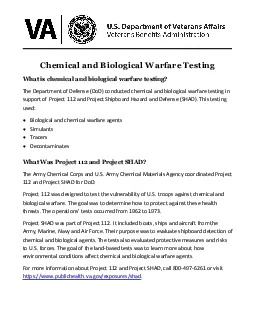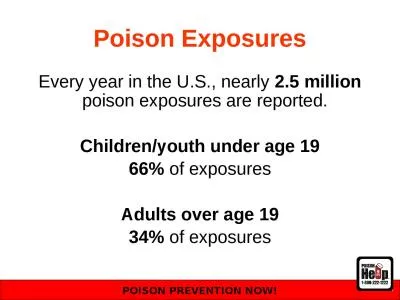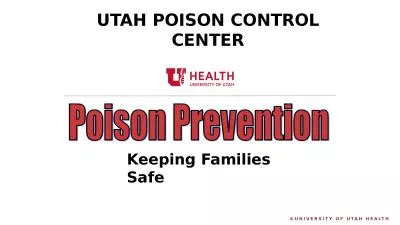PPT-Chemical Warfare and Poison Gas
Author : ginocrossed | Published Date : 2020-06-17
Allie Frymire Definition warfare using the toxic properties of chemical substances as weapons Definition poisonous gas or vapor used especially to disable or kill
Presentation Embed Code
Download Presentation
Download Presentation The PPT/PDF document "Chemical Warfare and Poison Gas" is the property of its rightful owner. Permission is granted to download and print the materials on this website for personal, non-commercial use only, and to display it on your personal computer provided you do not modify the materials and that you retain all copyright notices contained in the materials. By downloading content from our website, you accept the terms of this agreement.
Chemical Warfare and Poison Gas: Transcript
Download Rules Of Document
"Chemical Warfare and Poison Gas"The content belongs to its owner. You may download and print it for personal use, without modification, and keep all copyright notices. By downloading, you agree to these terms.
Related Documents

